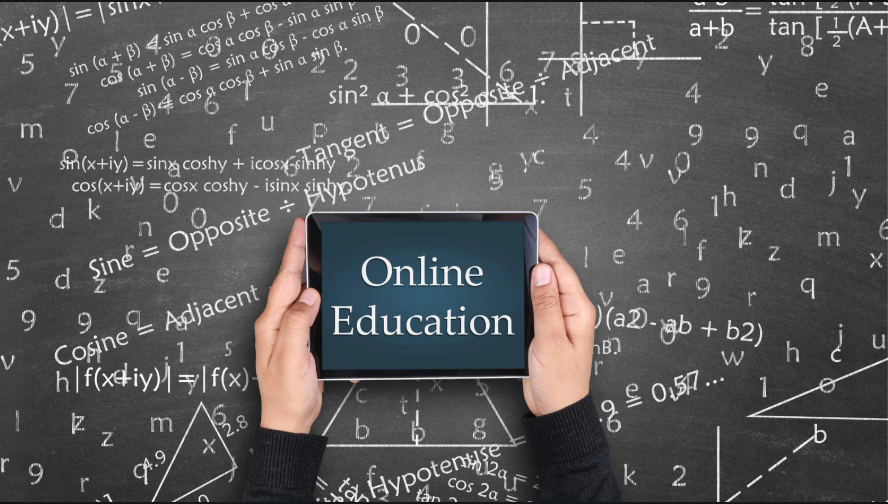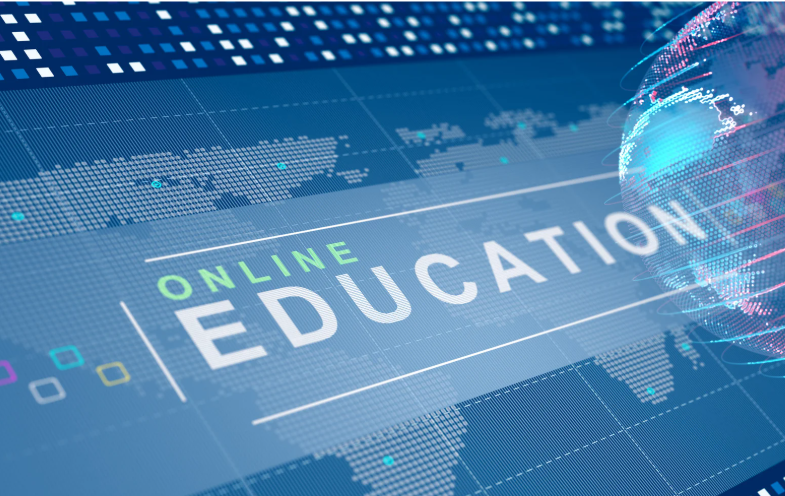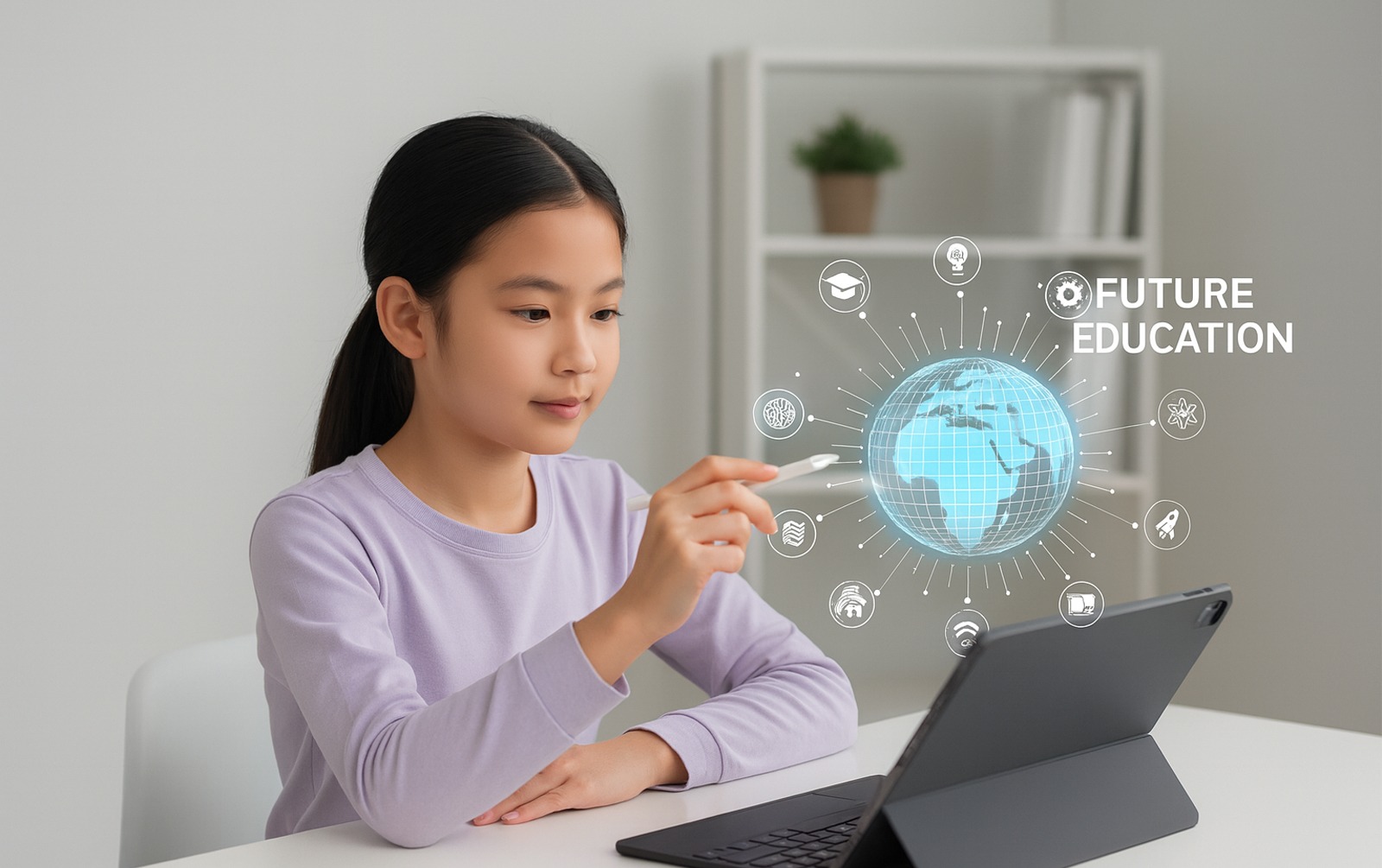
The online education landscape is evolving faster than ever. What once was a supplementary tool is now central to how children learn, adapt, and grow. As we approach 2026, here are the key trends shaping how students will experience learning — and how platforms like TheTuitionE.com can stay ahead in delivering value.
1. AI-Powered Personalization Becomes the Norm
One of the biggest shifts by 2026 will be artificial intelligence (AI) being deeply embedded in learning platforms. Rather than static lesson plans for all, AI will adapt content in real time:
- Smart adaptation: Quizzes, practice problems, and explanations will adjust difficulty based on how quickly a student masters earlier concepts.
- AI tutors and assistants: 24/7 support for doubt clearing, instant feedback on assignments, and guidance on where to focus next.
- Predictive analytics: The system can detect when a student might slip or lose interest and proactively suggest intervention. For parents, this means the “one-size-fits-all” model is finally giving way to truly individualized learning.
2. Immersive Learning via AR/VR and Extended Reality
In 2026, we will see augmented reality (AR) and virtual reality (VR) move from novelty to mainstream in online education:
- Students could “walk” through historical eras, explore the human body in 3D, or conduct virtual science lab experiments.
- Hybrid lessons combining VR with real-world projects will make learning more experiential and memorable.
Such immersive experiences help abstract concepts become more concrete and engaging, especially for visual and kinesthetic learners.
3. Microlearning, Modular & Skill-Based Units
Attention spans are shrinking, and learners demand flexibility. Microlearning — compact lessons of 5–15 minutes — will gain even more traction in 2026:
- Students can consume bite-sized modules, then slot them into their schedules seamlessly rather than block out long hours.
- Stackable modules & micro-credentials will allow learners to assemble short courses that build toward certifications or diplomas.
- Platforms will increasingly offer just-in-time learning — delivering concepts exactly when needed (e.g. before exams, competitions).
For parents, this means learning can mold itself around a child’s life rather than the other way around.
4. Inclusive & Accessible Assessments
By 2026, assessments will evolve to be more inclusive and flexible, accommodating diverse learning needs:
- Students with reading, vision, or attention difficulties may submit video responses, audio answers, or interactive formats instead of purely text-based tests.
- Adaptive assessments that scale in difficulty or scope depending on performance will be common.
- Real-time analytics will help educators adjust assessments dynamically to avoid “teaching to the test.”
This ensures evaluation is fairer, more personalized, and more representative of learning, not test-taking.
5. Blended & Hybrid Models Will Solidify
While fully online learning has taken root, the future will likely lie in hybrid models—a smart mix of in-person and digital:
- Surveys show a large majority of students prefer blended modes, combining live interaction with asynchronous content.
- Schools, tuition centres, and platforms will coordinate so students benefit from both direct human interaction and digital flexibility.
- Teachers will become facilitators and curators, not just content deliverers.
Thus, the “best of both worlds” becomes the standard rather than the exception.
6. Expansion of Emerging Markets & India’s Online Education Boom
India and other emerging markets are not lagging — they’re driving growth:
- The online education market in India is forecasted to grow by USD 8.53 billion from 2025 to 2029 at a CAGR of ~29%.
- Globally, the e-learning market is projected to cross USD 375–400 billion by 2026.
- In the U.S. higher education sector alone, projections estimate a $33 billion increment by 2026.
For TheTuitionE.com and similar platforms targeting India, GCC, and beyond, this means both opportunity and responsibility—to scale smartly, maintain quality, and localize content.
7. Focus on Soft Skills, Lifelong Learning & Reskilling
As automation and AI reshape industries, online education will place more emphasis on soft skills (communication, creativity, critical thinking) and continuous upskilling:
- Future curricula will integrate these skills into every subject rather than treating them as add-ons.
- Platforms will partner with industries to offer targeted modules for career readiness, aligning learning with job market demands.
- Lifelong learning becomes the norm — students, professionals, and parents will frequently return to learning platforms to adapt to change.
Conclusion: What It Means for TheTuitionE.com & Its Audience
By 2026, online education won’t simply be about uploading lectures online — it will be intelligent, immersive, adaptive, and deeply human-centric.
For the students and parents who rely on TheTuitionE.com, this means:
- Learning that molds itself to your child’s pace and preferences, not the other way around.
- Access to global quality teaching methods, interactive experiences, and diversified credentials.
- Tools and assessments that are fair, inclusive, and aligned with real growth.
- A platform that scales in tune with major market growth—not just surviving but leading.

.png)





.jpeg)



 (1600 x 1005 px).png)

